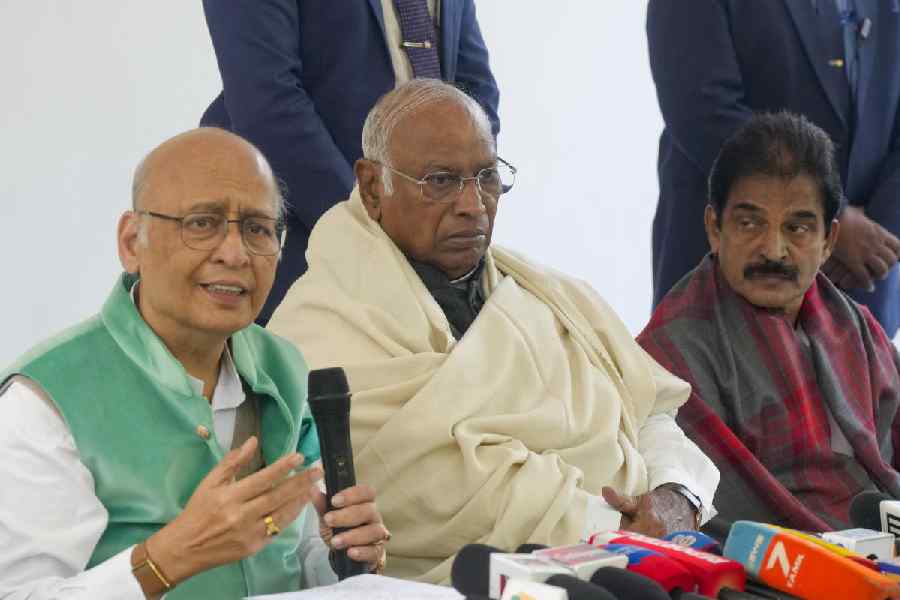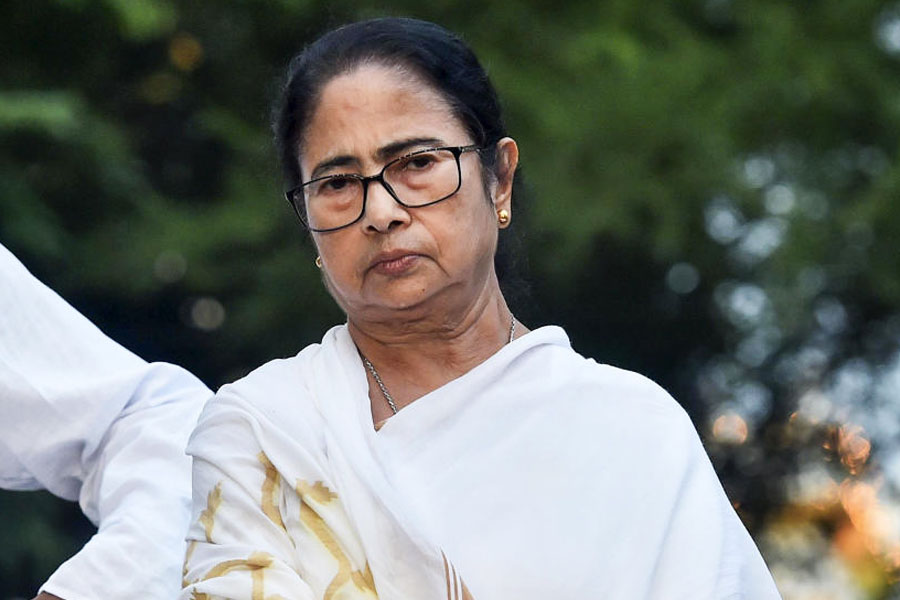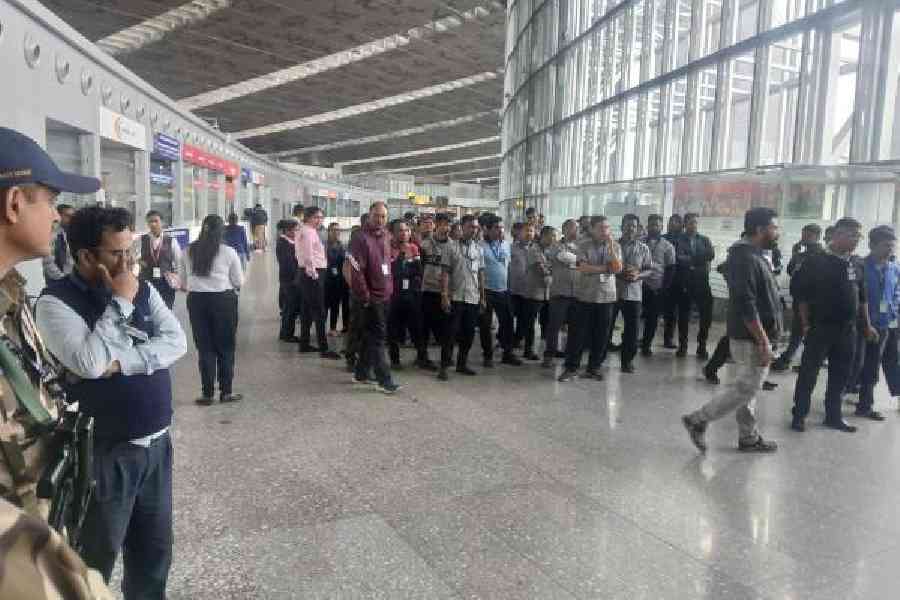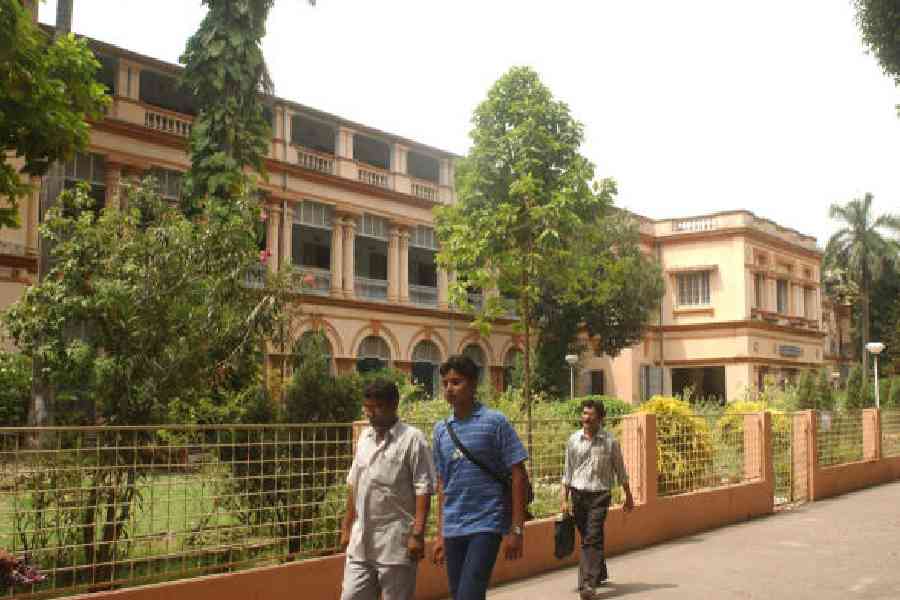 |
| BUS BOMB: The vehicle that was blown up on July 7, 2005, in London |
To bring security in Mumbai up to the same level as in London, which has half a million CCTV (closed-circuit television) cameras, it would cost an estimated £500 million (approximately Rs 3,590 crore).
This is the estimate of the top UK cop who was given responsibility for putting in place London’s “ring of steel” following the suicide bombings of July 7, 2005, in which 52 people were killed in co-ordinated attacks by home-grown Islamic terrorists on London’s Underground and bus network. There have been no attacks in London since then.
According to Tarique Ghaffur, who was assistant commissioner at Scotland Yard, Mumbai — and other Indian cities — need CCTV cameras of high quality put into vulnerable areas. A good camera with a fine resolution can cost up to £300 (about Rs 21,500). The CCTV cameras have to be mounted high so that they cannot be sabotaged but the equipment will have to withstand wild temperature fluctuations, power failures, dust and heavy monsoons.
Mumbai has some 2,000 CCTVs (private institutes too have installed some), though chief minister Prithviraj Chauhan said in a television interview that the government had planned to instal 5,000 such cameras — a scheme that’s been hampered by bureaucratic procedures and technological changes. With no central command co-ordinating the cameras, their potential is not fully utilised to monitor a city where 11.5 million people use local trains and buses every day.
The Western Railway has 468 cameras on the Mumbai suburban while the Central Railway has 950 cameras. Cameras have been installed at some 480 traffic junctions in the city, but last heard, it was still being decided who’d man it — the crime branch or the traffic police.
But cameras by themselves are of limited use, warns Ghaffur, who has been to India on a number of trips to assess the security problems for himself. What’s required is an efficient system of command and control, strong leadership at the top, trained personnel to carry out such duties as gathering forensic evidence, and frequent joint exercises conducted by the emergency services.
 |
| Tarique Ghaffur |
“I was in charge of the security footprint for the whole of London as the head of central operation,” says Ghaffur, who left the force in 2008 to set up his own consultancy.
London’s half a million CCTV cameras belong to the private sector, local authorities, the police and other organisations. In addition, the capital has an “automatic number plate recognition system” so that vehicle registrations can be checked in real time against a database.
Many vulnerable buildings, such as the Houses of Parliament or 10 Downing Street, are protected by concrete or retractable steel barriers. “We overlay all this 24 hours a day with helicopters where we have cameras,” Ghaffur adds.
The integrated system includes response teams, including firearms officers. “It does not get rid of the bombers but if something happens you are in a good position to react.”
Ghaffur stresses the most fundamental change in Mumbai and elsewhere in India will have to be in the retraining of police. “It requires a complete culture change in terms of the way the police operate.”
Additional reporting by Velly Thevar in Mumbai










